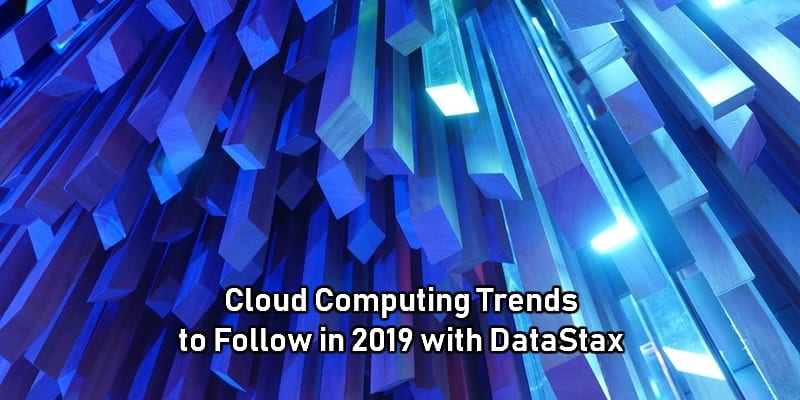The Top Cloud Computing Trends to Follow in 2019


Enterprise computing has evolved a lot in recent years with new trends constantly arising. Keeping up with said trends is essential to successful enterprise computing. Attending conferences and following news helps IT professionals prepare for what comes. It’s also helpful to check in with solution providers themselves.
To keep up with prediction season, we spoke with Patrick McFadin, VP of Developer Relations at DataStax.
Microservices and containers will impact the future of databases
“People are moving over to using microservices for their new applications – they can develop specific components that do jobs really well, and they can scale those jobs up quickly if they are successful. However, all those components create data that has to go somewhere. With stateless application components, you have to put that data somewhere.
One consideration is running stateful container instances that can store data over time. I don’t think that gets the most out of containers, or out of the data. Running a database instead makes much more sense. In 2019, I think we’ll see more understanding of where databases can meet specific needs for applications, and more importantly where they can provide this without needing application rewrites.”
The next wave of DevOps, including the challenges and opportunities that lie ahead
“There is a huge wave of hype around Kubernetes right now. It provides a good way to manage containers at scale, but I think we will see people finding out what it is not good for, as fast as they discover the good stuff as well. Two things will happen: one is we might see a backlash against containers in general when the problem is actually in Kubernetes deployments that aren’t meeting overhyped expectations. And, second, which is the most important thing here, is that there will be more recognition that not every approach to containers is right for everything – there is no one size fits all approach.”
The needs of tomorrow’s enterprise in a hybrid/multi-cloud world
“More companies want to roll out hybrid and multi-cloud applications, but they do also have to think about hybrid cloud data too. This is a harder task to get right. I think 2019 will be the year when people move from looking solely at application components and instead look at the wider app infrastructure problems. The data side is harder to solve, particularly if you want to avoid getting locked into public cloud provider options.
I think there will be a resurgence of developers looking at what their apps do with data, as they will have to make those deployments get data out to the rest of the business for them to use. For enterprises with a big mix of hybrid cloud services, traditional and modern apps, and big business problems to solve, that data issue is going to be top of mind.”
The implications of AI and machine learning around data
“Everyone wants to be doing AI. It looks great on your CV, and it proves you can do math. The challenge here – AI has to use data, and it’s harder to scale this up to the whole business. There’s the old joke of, “Well, it worked on my laptop / well, we’ll put that into production,” and we don’t want to end up recreating that around machine learning projects. Cloud vendors will increase the variety of tools and integrations to eliminate the complexity of machine learning. As a result, more implementations will simply be a matter of architecting the right service calls to a cloud API and less about building algorithms and infrastructure.”
Open source in 2019 and beyond
“The conversations about the impact of cloud services on open source projects heated up in 2018. The next year will see a response from the open source foundations and a start of a shift with respect to how service companies can use open source projects. Some projects will start making the move to convert, but only after a lot of debate and fractioning of some communities. In response, large cloud providers will step up contributions and promotion of leading projects. Smaller projects will start to suffer as contributions start to decline.”























